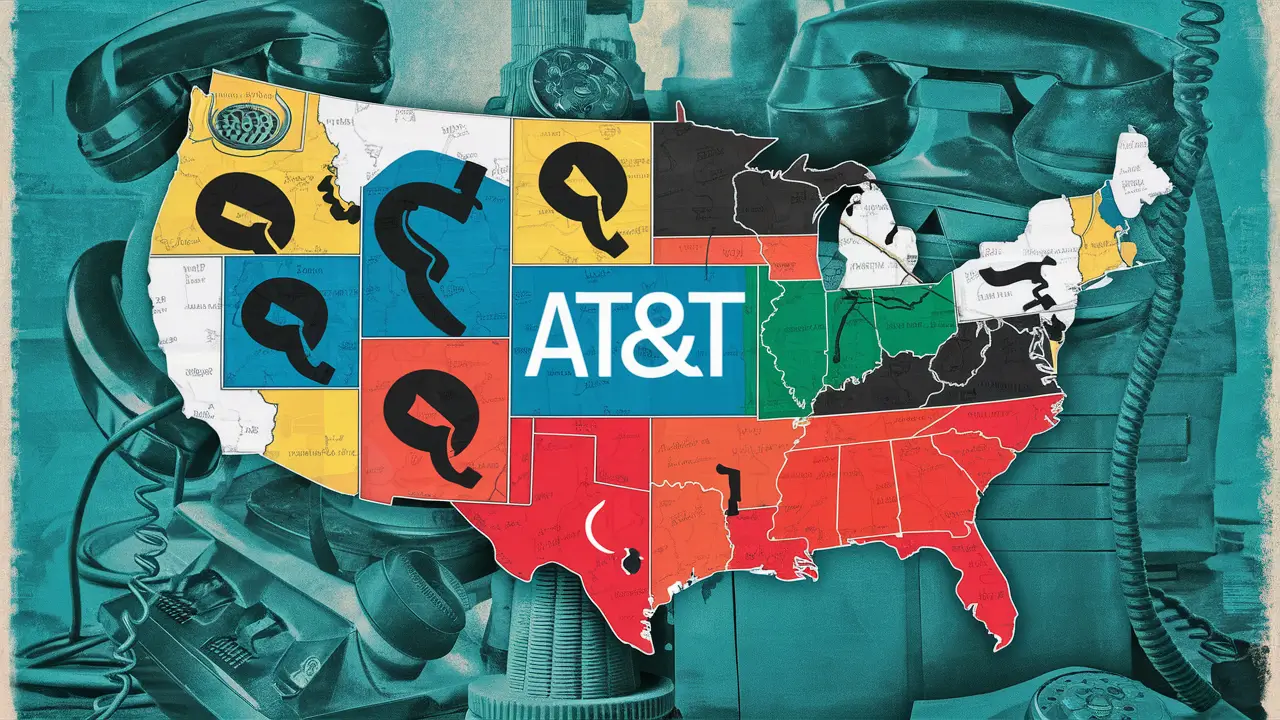Why did AT&T break up?

Why did AT&T break up
An antitrust lawsuit filed by the U.S. Department of Justice shattered AT&T in 1984. More than 10 years of litigation over AT&T's monopolistic dominance of the telecoms industry came to pass here.
Alexander Graham Bell's development of the telephone in 1876 marks the beginning of AT&T's existence. To provide local and long-distance phone services in much of the nation, AT&T grew during the following several decades using acquisitions and subsidiary establishment throughout additional states. By now, AT&T controlled over eighty percent of all communications services available in the United States. It ran essentially as a legal monopoly.
Problems emerged in the middle of the 20th century, implying that AT&T Internet was engaging in anti-competitive activity in the telecom industry by not connecting with rivals and restricting consumers' capacity to use phones on other networks. Initiated by the DOJ against AT&T in 1974, during Nixon's administration, another major antitrust lawsuit followed. The two parties fought continuously for many years, and in 1982, under President Reagan's DOJ, the split was mandated.
Starting on January 1, 1984, the breakdown conditions saw the firm divided into three separate entities: The corporation was divided into many separate companies, and the conditions of breakup took effect on January 1, 1984:
1) AT&T: Preserved the long-distance telephone operation, its most prestigious labs, and the Western Electric equipment manufacturing company.
2) The Baby Bells: Consisting of 7 regional telephone companies that took over the local telephony services and facilities. These included firms such as Pacific Bell and Southwestern Bell.
3) Bell Labs: Originally functioned as a division of AT&T but spun off into an independent research organization with most of its financing from AT&T.
The rationale for the forced divestiture was to eliminate AT&T’s dominance in the telecommunications market and encourage competition, especially in the long-distance calling market, which was wholly controlled by AT&T even after the breakup. The Baby Bell, on the other hand, had local monopolies for basic local phone service in their regions. New competitors could now access the infrastructure and market long-distance plans.
In the years that followed, the breakup allowed for a rapid increase in new telecom competitors such as MCI and Sprint in long-distance calling. There are more competitors so they offered lower rates and introduced services such as 800 toll-free numbers. The Baby Bell monopolies would also come under legal challenge and new entrants during the 1990s, which would lead to further breakups that were allowed under the 1996 Telecommunications Act.
However, even the AT&T breakup had its share of critics as well. Others say it took it to the extreme and restricted possibilities of scale economies that could have brought about positive change, such as nationwide fiber-optic networks earlier. Some reintegration of parts of the former empire did take place gradually, with the Baby Bells merging and AT&T acquiring one of its former Baby Bell spin-offs in SB SBCommunicationsns in 2005. Some critics argue that 30 years after the breakup, the purpose of the breakup has been obscured by this re-consolidation trend in American telecom.
In conclusion, there was a federal antitrust lawsuit against AT&T in 1974 because it monopolized telecommunication services across the United States. Thus, after the long litigation process, AT&T was forced to divest in 1984 into local, long-distance, and research-based competitive focal structures. The objective was to break its monopoly control and encourage other telecom players to of the market. But even though that rebuilding did happen to a certain extent, merger activity and acquisitions have blurred the long-term effects of the dismantling of the original Ma Bell leviathan.
Upgrade to faster, more reliable AT&T Fiber Internet today! Call us at +1 844-905-5002 and get connected with speeds that keep you ahead.





